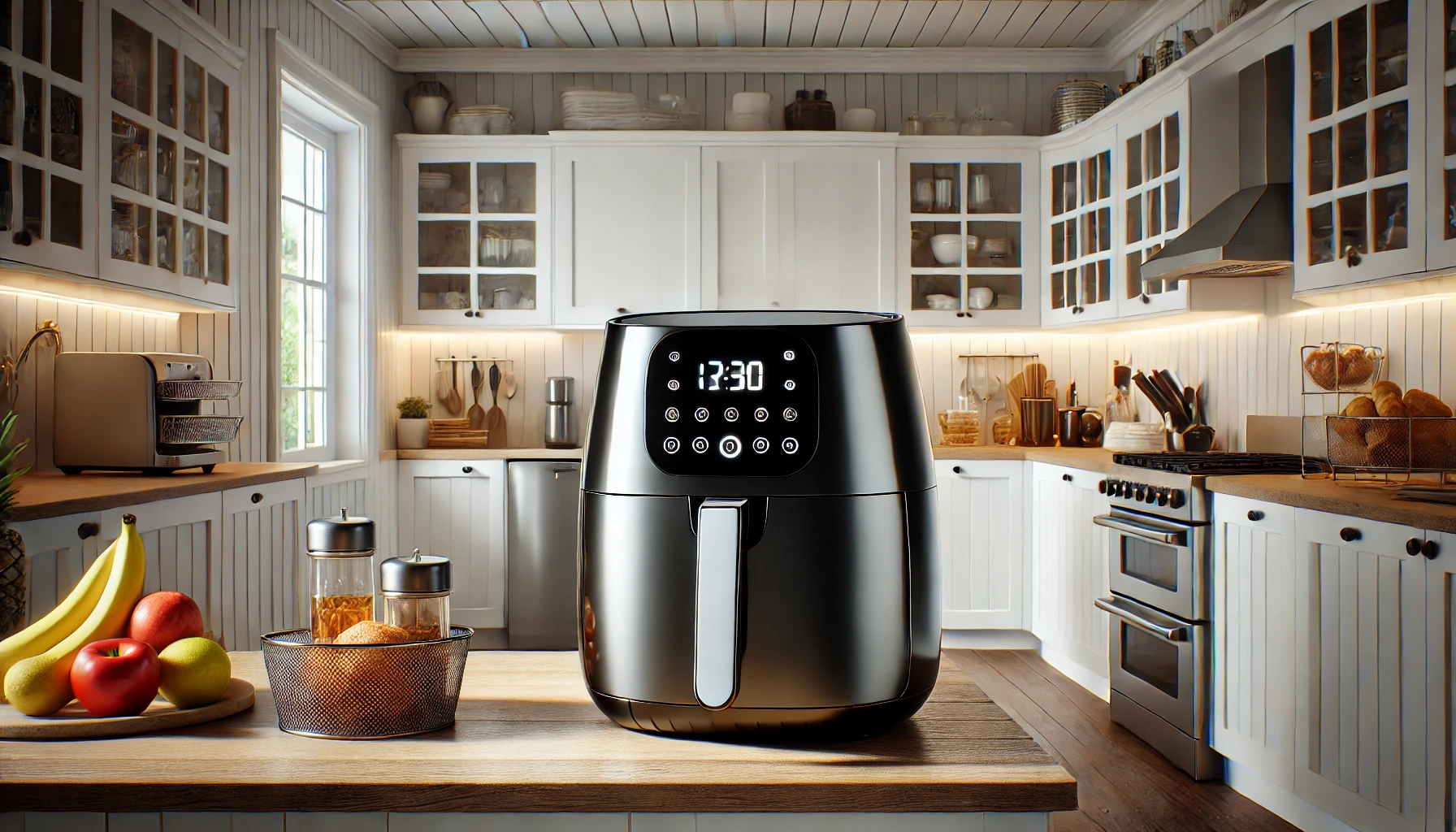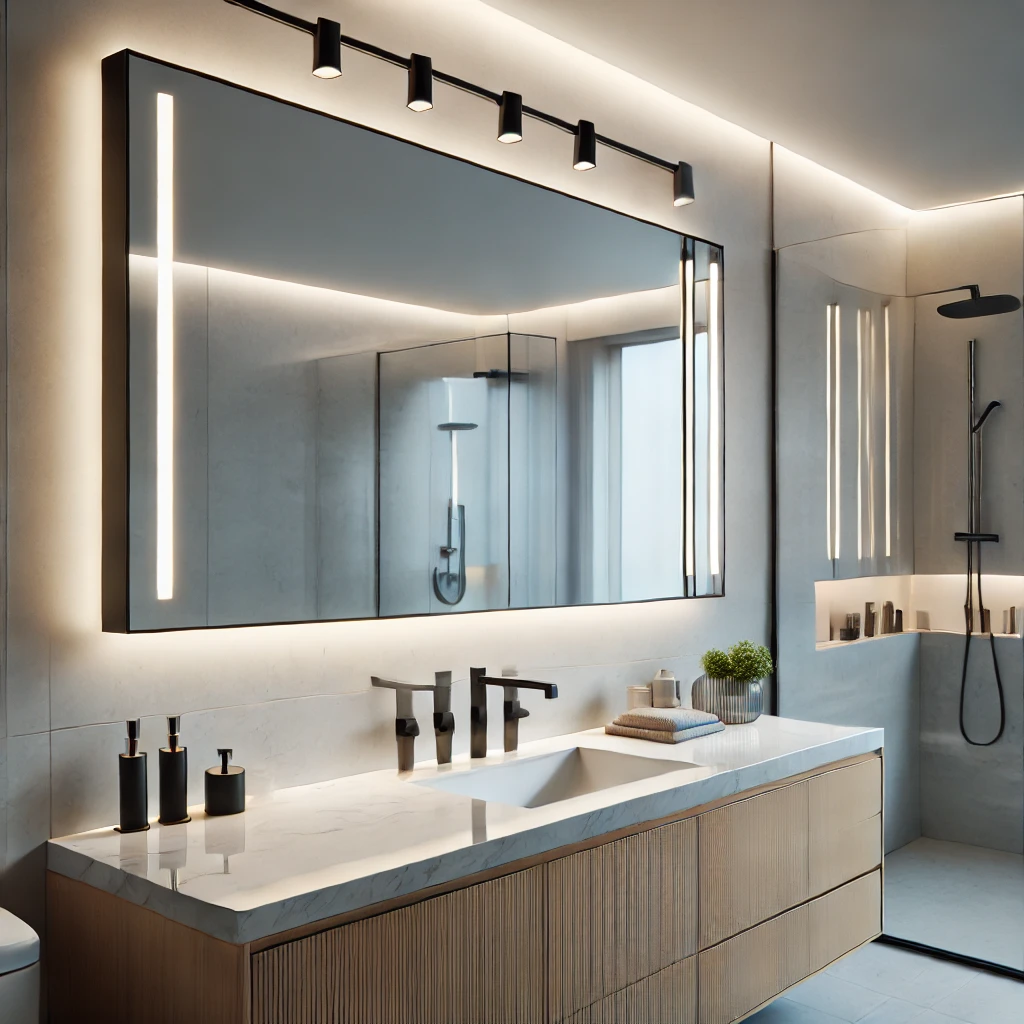When designing a kitchen, the choice between open shelving and cabinets is more than just a matter of storage—it’s a decision that impacts the entire look and feel of the space. Both options offer unique benefits and potential drawbacks, and the right choice depends on your style, functionality needs, and overall vision for your kitchen. This guide explores the pros and cons of open shelving and cabinets, helping you make an informed decision that enhances your kitchen’s decor.
Introduction
In the world of kitchen design, the debate between open shelving and cabinets has become a popular topic. Each option brings something distinct to the table—open shelving offers an airy, modern vibe, while cabinets provide a classic, organized look. This blog post will delve into the advantages and challenges of both, offering insights to help you choose the best option for your kitchen decor.
1. The Appeal of Open Shelving
Open shelving has become a staple in modern kitchen design, favored for its ability to make spaces feel more open and inviting.
Pros of Open Shelving
- Visual Openness: Open shelving can make even small kitchens feel larger by eliminating the visual weight of upper cabinets. It allows light to flow freely, enhancing the room’s brightness.
- Display Opportunities: Open shelves provide a platform to showcase your favorite dishware, glassware, and decor, adding personality and style to your kitchen.
- Accessibility: With everything in plain sight, you can easily grab what you need without rummaging through closed cabinets.
Cons of Open Shelving
- Dust and Maintenance: Open shelves require frequent cleaning to keep dust and grease at bay, especially in a kitchen environment.
- Clutter Risks: Without doors to conceal items, open shelves can quickly become cluttered if not carefully curated.
- Limited Storage: Open shelving generally offers less storage capacity than traditional cabinets, which can be a drawback in smaller kitchens.

2. The Benefits of Cabinets
Cabinets have long been a kitchen mainstay, offering enclosed storage that keeps spaces looking tidy and organized.
Pros of Cabinets
- Ample Storage: Cabinets provide extensive storage options, from deep drawers to tall pantry units, accommodating all kitchen essentials.
- Clutter Control: Cabinets keep everything hidden behind closed doors, ensuring your kitchen always looks neat and orderly.
- Protection: Items stored in cabinets are protected from dust, light, and kitchen grease, helping them stay clean and in good condition.
Cons of Cabinets
- Visual Weight: Cabinets, especially dark or bulky ones, can make a kitchen feel smaller and more enclosed.
- Accessibility Issues: Deep cabinets can make it challenging to reach items stored at the back, particularly in hard-to-access corners.
- Cost: High-quality cabinetry can be expensive, particularly if you opt for custom designs or premium materials.

3. Design Aesthetics: Open vs. Closed
Pros of Open Shelving:
- Light and Airy Look: Open shelves contribute to a spacious, modern feel, making the kitchen appear larger and more inviting.
- Personalization: They allow you to showcase your style with decorative items, plants, and beautiful dishware.
Cons of Open Shelving:
- Potential Clutter: Without doors to hide things, open shelves can look messy if not organized meticulously.
- Style Constraints: Open shelving might not fit well with more traditional or formal kitchen designs.
Pros of Cabinets:
- Timeless Elegance: Cabinets offer a classic look that fits well with a variety of design styles, from traditional to contemporary.
- Customization: With a wide range of finishes, hardware, and styles available, cabinets can be customized to match your exact vision.
Cons of Cabinets:
- Heavier Appearance: Cabinets can make a kitchen feel smaller or more enclosed, especially if they are dark or bulky.
- Limited Display Options: Cabinets hide your kitchenware, reducing opportunities to add personal touches to your decor.
4. Storage and Functionality
Pros of Open Shelving:
- Easy Access: Everything is within reach, making it easier to grab frequently used items.
- Encourages Minimalism: Open shelves can inspire you to declutter and keep only the essentials on display.
Cons of Open Shelving:
- Limited Storage Capacity: Open shelving doesn’t offer as much storage as cabinets, which might be a challenge in smaller kitchens.
- Organization Required: To maintain a neat look, you must be diligent about keeping shelves tidy and organized.
Pros of Cabinets:
- Maximized Storage: Cabinets provide ample space for storing everything from pots and pans to pantry items, making them ideal for larger kitchens or households with many cooking tools.
- Versatility: Cabinets come with various storage solutions like pull-out shelves, lazy Susans, and built-in organizers to optimize space.
Cons of Cabinets:
- Accessibility Issues: Deep or high cabinets can be difficult to access, making it challenging to retrieve items stored at the back.
- Overstocking: The ample storage can sometimes lead to accumulating unnecessary items, contributing to clutter behind closed doors.
5. Maintenance Considerations
Pros of Open Shelving:
- Easier to Spot Dirt: Since everything is out in the open, it’s easier to see and clean spills or dust immediately.
- Less Risk of Hidden Grime: With no doors, there’s less risk of dirt and grease building up unnoticed.
Cons of Open Shelving:
- Frequent Cleaning Needed: Open shelves attract dust, grease, and grime more quickly than cabinets, requiring regular cleaning.
- Exposed to Elements: Items on open shelves are more exposed to light, heat, and moisture, which might affect their longevity.
Pros of Cabinets:
- Low Maintenance: Cabinets protect your kitchenware from dust and grime, requiring less frequent cleaning than open shelving.
- Longer-lasting Storage: Items stored inside cabinets are better protected from environmental factors, keeping them in good condition longer.
Cons of Cabinets:
- Hidden Dirt: Cabinets can hide grime, especially in corners or hard-to-reach areas, requiring occasional deep cleaning.
- Regular Interior Cleaning: While the exterior stays clean, the interior of cabinets might need occasional organization and cleaning to prevent clutter build-up.
6. Blending Open Shelving with Cabinets
Pros of Blending Open Shelving with Cabinets:
- Balanced Aesthetic: Combining both open shelving and cabinets can create a visually balanced kitchen, offering both display opportunities and hidden storage.
- Flexible Design: This approach allows you to enjoy the best of both worlds—keeping certain items on display while hiding others for a cleaner look.
Cons of Blending Open Shelving with Cabinets:
- Design Complexity: It can be challenging to find the right balance between open shelves and cabinets, requiring careful planning to avoid a disjointed look.
- Maintenance Requirements: You’ll need to maintain both the open and closed spaces, which could mean more time spent on cleaning and organizing.
Pros of Open Shelving in Combination:
- Focal Points: Open shelving can act as focal points in the kitchen, drawing attention to specific areas and breaking up the monotony of cabinet doors.
- Increased Functionality: Open shelves near prep areas can make cooking more efficient by keeping essential tools and ingredients easily accessible.
Cons of Open Shelving in Combination:
- Possible Overload: If not balanced well, too many open shelves can overwhelm the space, making it look cluttered.
- Mixed Maintenance: The combination may require more nuanced cleaning strategies, with different care needed for open and closed spaces.










